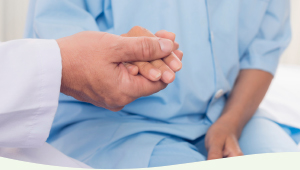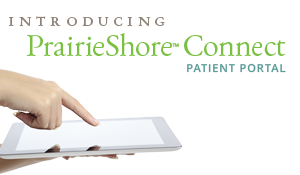Spinal Cord Stimulation
What is spinal cord stimulation?
Spinal cord stimulation (SCS) therapy is a procedure that is revolutionizing the management of chronic back pain. This treatment works by blocking pain perception from traveling up through the spinal cord to the brain. It involves a small device that is placed near the spinal cord in the epidural space. The device delivers low-level electrical impulses that interfere with the perception of pain, especially chronic nerve pain.
The syndromes most commonly treated with SCS include:
- Central Sensitization
- Complex Regional Pain Syndrome
- Degenerative Disk Disease
- Failed Back Surgery Syndrome
- Nerve Root Compression
- Peripheral Neuropathy
- Sciatica or Lumbar Radiculitis
- Spinal Stenosis
How is spinal cord stimulation done?
Under a local anesthetic and modest sedation, the procedure will occur with the patient on their stomach. The procedure is performed under sterile conditions and under x-ray guidance. A local anesthetic is used to numb the skin and deeper tissues. The SCS lead is a soft, thin wire with electrical leads on its tip and is placed through a needle in the back into the epidural space. The position of the spinal cord stimulation electrodes is adjusted until stimulation covers as much of the painful area as possible. The trial stimulator is typically worn for 5-7 days as the lead is taped to your back and connected to an external stimulating device. If the trial successfully relieves your pain, you can undergo a permanent SCS if desired. In a permanent placement, once the wires or electrodes are in good position, the patient is often sedated more heavily to place the pulse generator or battery.
How effective is spinal cord stimulation?
The implanted device near the area of pain produces a low voltage current, which creates a sensation that blocks the brain’s ability to sense the previously perceived pain. It interferes with the perception of pain received by the brain by creating an alternate sensation that replaces the pain. The intensity of the stimulator can be changed, and the system can be turned on and off as necessary to provide optimal pain relief as experienced by the patient.
Spinal cord stimulation improves lumbar back pain in patients with many different conditions, and has proven to be extremely effective in patients with Failed Back Surgery Syndrome. It is shown to reduce the level of pain as well as the amount of pain medication taken by patients (De Andres 2007).
What are the risks?
As with any surgical procedure, there are potential side effects. In this particular procedure the risks are low, however it is important to know them. Soreness at the procedure site is the most common occurence. Other complications may include infection, bleeding, poor wound healing, scar tissue deposition, electrode failure, inadequate pain area coverage and nerve problems.
Who should not have a spinal cord stimulation trial or permanent implantation?
Patients who do not have a successful trial should not proceed to the permanent implantation, of course.
If you are on blood thinning medication, have an active infection, are pregnant, have allergies to the medication or materials used for the procedure, or have poorly controlled diabetes or heart disease, you should speak to the doctor about your particular situation. You may need special instructions, lab testing, or you may need to reschedule.
Outcome
The American Society of Interventional Pain Physicians developed a large evidence-based practice guideline for the management of chronic spinal pain with interventional techniques. The evidence for spinal cord stimulation in Failed Back Surgery Syndrome and Complex Regional Pain Syndrome is strong for short-term relief and moderate for long-term relief. This can be a very helpful treatment modality for many chronic back pain sufferers.
What happens afterwards?
If the procedure is successful, the patient’s pain may be gone or quite less. The patient will usually feel a constant sensation of stimulation, often described as warm or tingly. The patient may have soreness due to the needle placement for a day or two. Most patients with successful stimulation take less, not more, medication after the placement. After the temporary spinal cord stimulator wire has been in place for several days to a week, you will return to the doctor’s office for evaluation. Your wires will be removed in most cases. If this trial is successful in relieving pain, a permanent device can be placed under the skin at another date. Some individuals keep the wires in place and undergo permanent implantation sooner.
Is spinal cord stimulation right for you?
Spinal cord stimulators are most often used for patients with chronic and severe neuropathic pain, who have not responded to other more conservative treatments. For those that it does help, SCS is an innovative treatment that can bring significant relief and improve quality of life. Contact us to find out more!
At PrairieShore™ Pain Center, our goal is to relieve your pain and improve your quality of life. If your primary physician has advised you to see a specialist for your pain, turn to us for help. To schedule your appointment, please contact us here or give us a call at (847) 883-0077.







